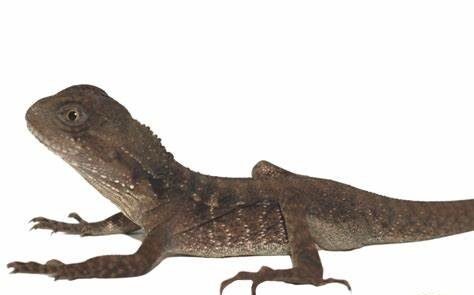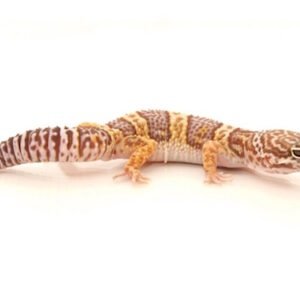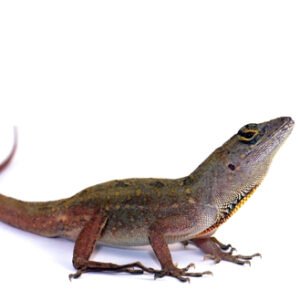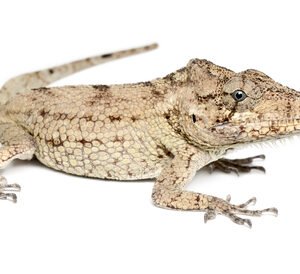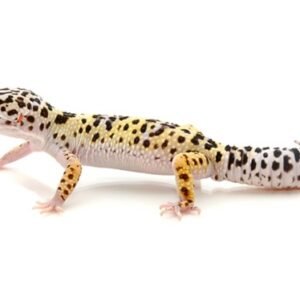The Fascinating Australian Water Dragon: A Comprehensive Guide
Introduction to the Australian Water Dragon
The Australian Water Dragon (Intellagama lesueurii), a captivating species of lizard, has garnered significant interest among both casual observers and serious herpetologists. This reptile is part of the Agamidae family and holds a prominent place in the biodiversity of Australia’s ecosystems. With scientific classification positioning it under the order Squamata, the Australian Water Dragon is often recognized for its distinct features which include robust body structure, elongated limbs, and a remarkable prehensile tail, all adapted for an arboreal and semi-aquatic lifestyle.
Identification of the Australian Water Dragon can be relatively straightforward, primarily due to its striking appearance. Adults typically exhibit a mix of colors ranging from gray to green with intricate patterns and markings that can vary regionally. Their large, broad heads and prominent dewlap, which is most noticeable during mating displays or territorial disputes, are crucial features for distinguishing this species from similar lizards. Young water dragons, however, present a different look, often showcasing brighter colors that gradually morph into the more subdued hues of maturity.
Geographically, the Australian Water Dragon is widespread across the eastern and southeastern regions of Australia, favoring habitats near freshwater sources such as rivers, creeks, and lakes. Their adaptability allows them to thrive in various environments, including coastal scrublands, urban parks, and rainforests. These habitats are vital, as they provide essential resources such as basking spots and abundant food sources, particularly insects and vegetation. The Australian Water Dragon has developed several adaptations that enable it to withstand diverse climatic conditions, such as behavioral thermoregulation and excellent swimming capabilities. This fascinating reptile undoubtedly holds a significant place in Australia’s natural heritage and continues to attract the admiration of nature enthusiasts and researchers alike.
Physical Characteristics and Behavior
The Australian Water Dragon, scientifically known as Intellagama lesueurii, is a remarkable reptile that showcases an array of intriguing physical characteristics. Typically, adults range between 70 to 100 centimeters in length, including their long tails, making them one of the larger lizards in Australia. Their robust bodies are complemented by large limbs that enable them to navigate both terrestrial and aquatic environments effectively. The coloration of the Australian Water Dragon is particularly captivating; they display an impressive blend of earthy tones, including greens, browns, and greys, often enhanced by striking patterns of spots and stripes that provide excellent camouflage among their natural habitats, like riverbanks and woodlands.
In addition to their coloration, these lizards possess distinctive dorsal crests that run along the length of their backs. These crests are particularly prominent in males and may serve as a signaling mechanism during territorial displays or courtship rituals. The species exhibits sexual dimorphism, with males generally larger and more vibrant than females. This variation in size and coloration allows for easy identification during social interactions, which can include elaborate displays of aggression or courtship.
When it comes to behavior, Australian Water Dragons are primarily diurnal, actively foraging during the day. Their diet predominantly consists of insects, small invertebrates, and occasional vegetation, demonstrating their adaptability as omnivores. Socially, they exhibit a complex hierarchy based on size and dominance. Males often establish territories, engaging in elaborate displays to deter rivals and attract potential mates. During the breeding season, these interactions become particularly pronounced as males compete for the attention of females. Additionally, they are adept swimmers, often plunging into the water to escape predators or to hunt for food. This combination of physical attributes and behavioral patterns ensures that the Australian Water Dragon thrives in its diverse habitats.
Habitat and Ecosystem Role
australian water dragons ,The Australian Water Dragon (Intellagama lesueurii) is predominantly found in a range of habitats that include riverbanks, creeks, wetlands, and areas dominated by dense vegetation. These environments provide not only shelter but also a rich source of biodiversity that supports the water dragon’s diet. The proximity to water is crucial, as these reptiles are excellent swimmers and depend on aquatic surroundings for both foraging and thermoregulation. They are often seen basking on rocks or logs basking in the sun, demonstrating their habitat preference for warm, sunny areas near water bodies.
Within their ecosystems, Australian Water Dragons play a significant role in the balance of both aquatic and terrestrial environments. As opportunistic feeders, their diet consists of a variety of insects, small mammals, and plant matter, allowing them to contribute to the control of insect populations. This pest regulation is an essential service that benefits agriculture and helps maintain the integrity of the ecosystem. Furthermore, by foraging on both land and in the water, water dragons help in dispersing seeds, promoting plant growth, and supporting the health of their habitats.
Additionally, Australian Water Dragons serve as prey for various larger predators, which highlights their integral role in the food chain. Their presence indicates a healthy ecosystem; in regions where water dragons thrive, one is likely to find a diverse range of other wildlife. This biodiversity is critical not only for the health of the immediate habitat but also for the overall stability of the environment. In summary, the Australian Water Dragon is more than just a remarkable lizard; it is a vital component of the ecosystems it inhabits, playing a key role in maintaining ecological harmony and supporting biodiversity.
Conservation Status and Threats
The Australian Water Dragon (Intellagama lesueurii) represents a unique element of Australia’s diverse wildlife. However, its conservation status is increasingly concerning due to various threats that jeopardize its survival. Habitat loss ranks high among these dangers, as urban development, agriculture, and land clearing disrupt the natural ecosystems needed for these reptiles to thrive. Wetland areas, riparian zones, and forested regions are particularly critical to their habitat, providing essential resources for shelter and food. The transformation of these landscapes not only reduces available habitats but also adversely affects the availability of prey species.
Climate change poses another significant threat to the Australian Water Dragon. Rising temperatures and altered precipitation patterns can affect the delicate balance of ecosystems in which they reside. These climatic changes may disrupt their breeding patterns and influence the availability of adequate hiding spots from predators. Additionally, extreme weather events, such as droughts and floods, can lead to a swift decline in both the population and their habitats.
Human activity, including pollution and the introduction of invasive species, further compounds these threats. Pollution can lead to the degradation of water quality in their habitats, while invasive species might compete for resources or introduce new diseases. In response to these threats, various conservation efforts are underway. Wildlife organizations and government bodies are working collaboratively to establish protected areas and enhance habitat restoration initiatives. Furthermore, educating the public about responsible wildlife interaction is vital to ensure the continued survival of this species. By raising awareness and promoting conservation actions, individuals can play a crucial role in protecting the Australian Water Dragon and preserving its ecological significance.

